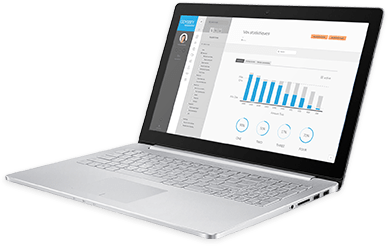How to Use Odyssey Analytics Tools to Provide Insights About Your Messages and Recipients.
Odyssey’s secure WebPortal provides numerous analytics tools which clients can access to gain relevant data throughout each stage of the message sending process. These tools can be used to track and gain better insights on strategy creation for your message content, lists and optimal scheduling. When generating a customer email, SMS or fax list, … Read more







